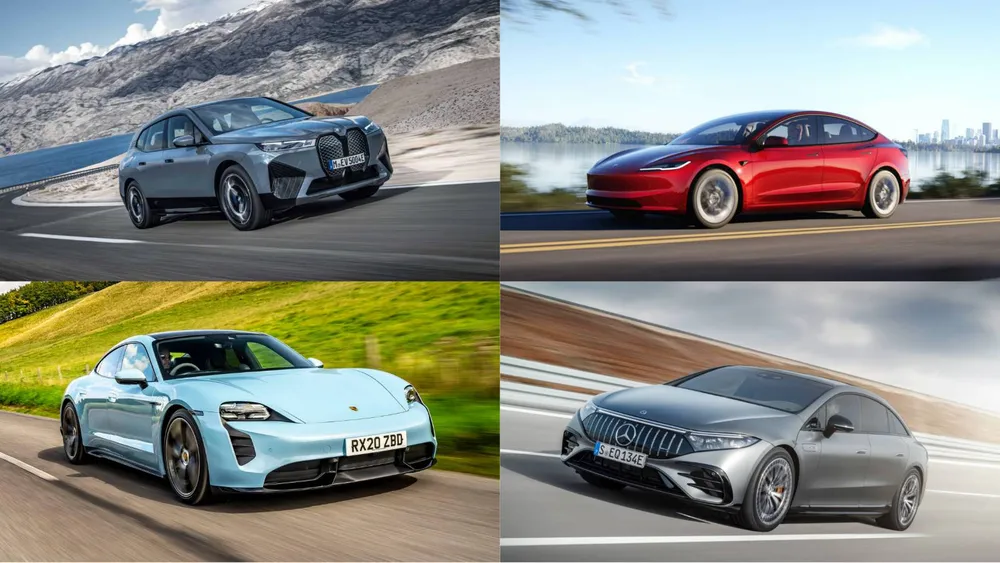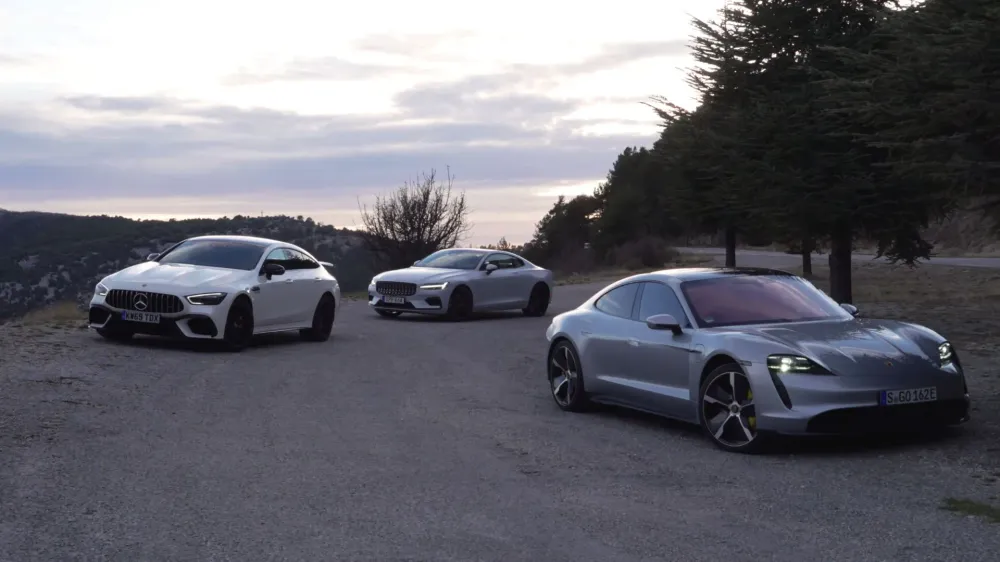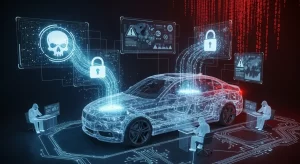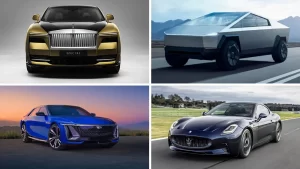The Battle of Powertrains in 2025
The debate over electric vehicles (EVs), hybrids, and internal combustion engine (ICE) cars has been ongoing for more than a decade. By 2025, the automotive landscape looks dramatically different. EV adoption is growing rapidly, hybrids continue to evolve as a middle ground, and ICE vehicles remain relevant in many markets.
The question is no longer whether these technologies can coexist — it’s about which fuel type offers the best balance of cost, convenience, and sustainability. In this showdown, we’ll break down the strengths and weaknesses of each.
EVs in 2025: Leading the Charge
Electric vehicles have gone from niche to mainstream. By 2025, nearly every major automaker has at least one EV model in their lineup.
Advantages:
-
Lower Operating Costs: Charging remains cheaper than gasoline, and EVs have fewer moving parts, reducing maintenance.
-
Government Incentives: Many regions still offer tax credits, rebates, and perks like HOV lane access.
-
Sustainability: Zero tailpipe emissions make EVs central to climate goals.
-
Performance: Instant torque means EVs often out-accelerate ICE cars.
Challenges:
-
Charging Infrastructure: While expanding, some regions lack fast-charging coverage.
-
Range Anxiety: Long trips may require planning around chargers.
-
Battery Cost: Although falling, replacement costs can be high.
Notable 2025 EVs include Tesla’s Model 2, Hyundai’s Ioniq 7, and BMW’s i7 M Performance.

Hybrids in 2025: The Middle Ground
Hybrids combine ICE engines with electric motors, offering efficiency without the limitations of charging. By 2025, hybrids are smarter, with plug-in options that allow 30–60 miles of electric-only driving.
Advantages:
-
Flexibility: Gas stations remain everywhere, eliminating range anxiety.
-
Efficiency: Hybrids often achieve better fuel economy than ICE cars.
-
Affordability: Typically cheaper than full EVs with advanced batteries.
-
Transitional Appeal: Ideal for buyers not ready to fully commit to electric.
Challenges:
-
Complexity: Dual powertrains mean more parts that can fail.
-
Limited EV Range: Plug-in hybrids still can’t match full EVs for zero-emission travel.
-
Regulations: Some cities may exclude hybrids from “zero-emission” zones.
Popular 2025 models include Toyota Prius Prime, Honda CR-V Hybrid, and Ford Escape PHEV.
ICE Cars in 2025: Still Alive, but Under Pressure
Internal combustion engine vehicles remain dominant in many parts of the world, especially in rural areas or regions with limited charging infrastructure.
Advantages:
-
Availability: Gasoline stations remain universally accessible.
-
Lower Upfront Cost: Many ICE vehicles are cheaper than EVs and hybrids.
-
Proven Technology: Mechanics worldwide are trained to service them.
-
Variety: More body styles and performance-focused models.
Challenges:
-
Environmental Concerns: High emissions contribute to climate change.
-
Regulatory Pressure: Cities and governments are phasing out ICE sales by 2035 in many regions.
-
Fuel Costs: Gasoline prices remain volatile.
-
Resale Value: Depreciation may accelerate as EVs grow mainstream.
While ICE cars are still being sold, their future looks increasingly limited.
Cost Comparison: EV vs. Hybrid vs. ICE
For most buyers, cost plays the biggest role in decision-making.
-
Upfront Costs (2025): ICE cars are generally cheapest, hybrids cost slightly more, and EVs are trending down in price but remain higher for many models.
-
Operating Costs: EVs usually win thanks to lower fueling and maintenance expenses. Hybrids offer moderate savings, while ICE cars cost the most over time.
-
Incentives: EVs often qualify for the most generous incentives, narrowing their upfront price gap.
Example:
A $30,000 EV may cost less over five years than a $25,000 ICE car when factoring in gas, maintenance, and incentives.
Performance Comparison
-
EVs: Instant torque, smooth acceleration, and high-tech features. Best for city drivers and those who love speed.
-
Hybrids: Balanced performance with efficiency. Best for commuters who want reliability and flexibility.
-
ICE Cars: Still king for long-haul driving in areas with poor charging infrastructure. Performance ICE models remain appealing for enthusiasts.
Sustainability and Regulation
Environmental concerns are accelerating the shift toward electrification.
-
EVs: Zero tailpipe emissions but battery production raises questions about mining and recycling.
-
Hybrids: Lower emissions than ICE but not truly zero-emission.
-
ICE Cars: Highest emissions and subject to stricter regulations each year.
In 2025, many cities already restrict ICE cars in urban centers, making EVs and hybrids more practical.
The Consumer Perspective
Which fuel type is right for you depends on your lifestyle:
-
Choose EV if… you live in an area with strong charging infrastructure and want the lowest long-term costs.
-
Choose Hybrid if… you want fuel efficiency but need the flexibility of gas.
-
Choose ICE if… you live in rural areas, prioritize upfront cost, or lack access to chargers.
Market Trends in 2025
Data suggests EVs now account for nearly 20–25% of new car sales globally, hybrids around 15–20%, and ICE vehicles remain just over 50%. But projections indicate EV dominance by 2030.
Manufacturers are rapidly reducing ICE lineups while expanding EV offerings, signaling where the market is headed.
Conclusion: Who Wins the 2025 Showdown?
The 2025 showdown doesn’t have a single “winner.” Instead, it reflects a transition phase:
-
EVs lead the way in technology, efficiency, and long-term sustainability.
-
Hybrids remain a reliable bridge for cautious buyers.
-
ICE vehicles still serve drivers in regions where infrastructure lags.
Ultimately, the winner is the consumer, who now has more choices than ever before. Whether you’re chasing sustainability, cost savings, or sheer convenience, 2025 offers a powertrain that fits your needs.





